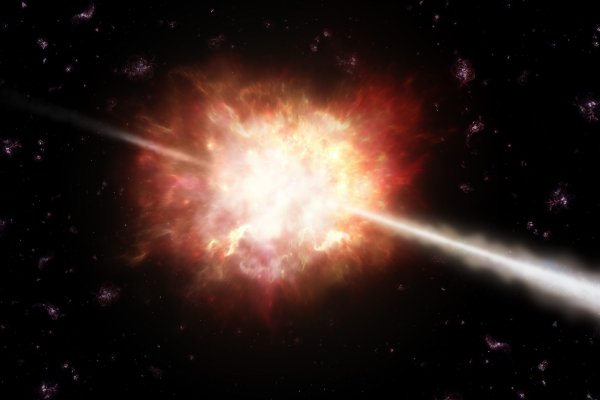 Figure 1.Member of the ICCUB, Roger Mor. |
|
 Figure 2.Most probable values of the mean Star Formation Rate for the age bin obtained from theposterior PDF (black dots). The vertical error bars indicate the 0.16 and 0.84 quantiles of the posterior PDF. The horizontal error bars indicate the size of the age bin. The black dashed lines is a distribution formed by a bounded exponential plus a Gaussian, fitted to the results for our fiducial case. The red solid line is the exponential part of this exponential plus Gaussian fit. Thus, the red line should be understood as the expected exponential decay of the star formation history if nothing new occurred to the disc. Finally, the green squares is the obtained Star formation history if we would force the star formation history to be an exponential shape. | The team have used Gaia data release 2 (DR2) magnitudes, colours, and parallaxes for stars with magnitudes G smaller than 12 to explore a parameter space with 15 dimensions that simultaneously includes the stellar initial mass function (IMF) and a non-parametric star formation history (SFH) for the Galactic disc. This inference is performed by combining the Besançon Galaxy Model fast approximate simulations (BGM FASt) and an approximate Bayesian computation algorithm. They have found in Gaia DR2 data an imprint of a star formation burst 2–3 Gyr ago in the Galactic thin disc domain. Their results (see Figure 1) have shown a decreasing trend of the SFR from 9–10 Gyr to 6–7 Gyr ago. This is consistent with the cosmological star formation quenching observed at redshifts z smaller than 1.8. This decreasing trend is followed by a SFR enhancement starting at about 5 Gyr ago and continuing until about 1 Gyr ago which is detected with high statistical significance by discarding the null hypothesis of an exponential Star Formation History with a p-value = 0.002. They have estimated, from their best fit model, that half of the total mass of all stars ever created in the Milky Way thin disc was produced during this period. The large timescale of this recent Star Formation Rate enhancement event, together with the large amount of mass that we estimate to be involved in it, lead us to propose that this recent event is not intrinsic to the disc but is produced by an external perturbation. Furthermore, the slow increase of the star formation process, its duration, as well as the high absolute value of the maximum suggest that this could be produced by a recent merger with a gas-rich satellite galaxy that could have started between about 5 and 7 Gyr ago. However, an analysis of other stellar parameters (e.g. metallicities) would be needed to favour this hypothesis over other possible scenarios. |



